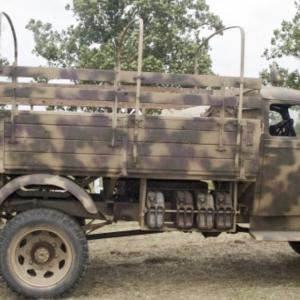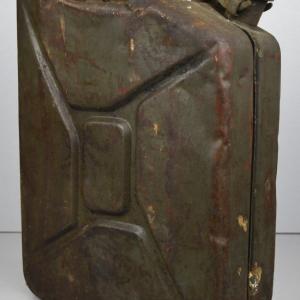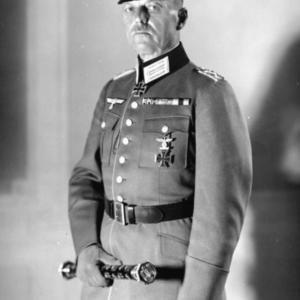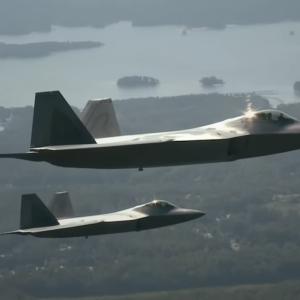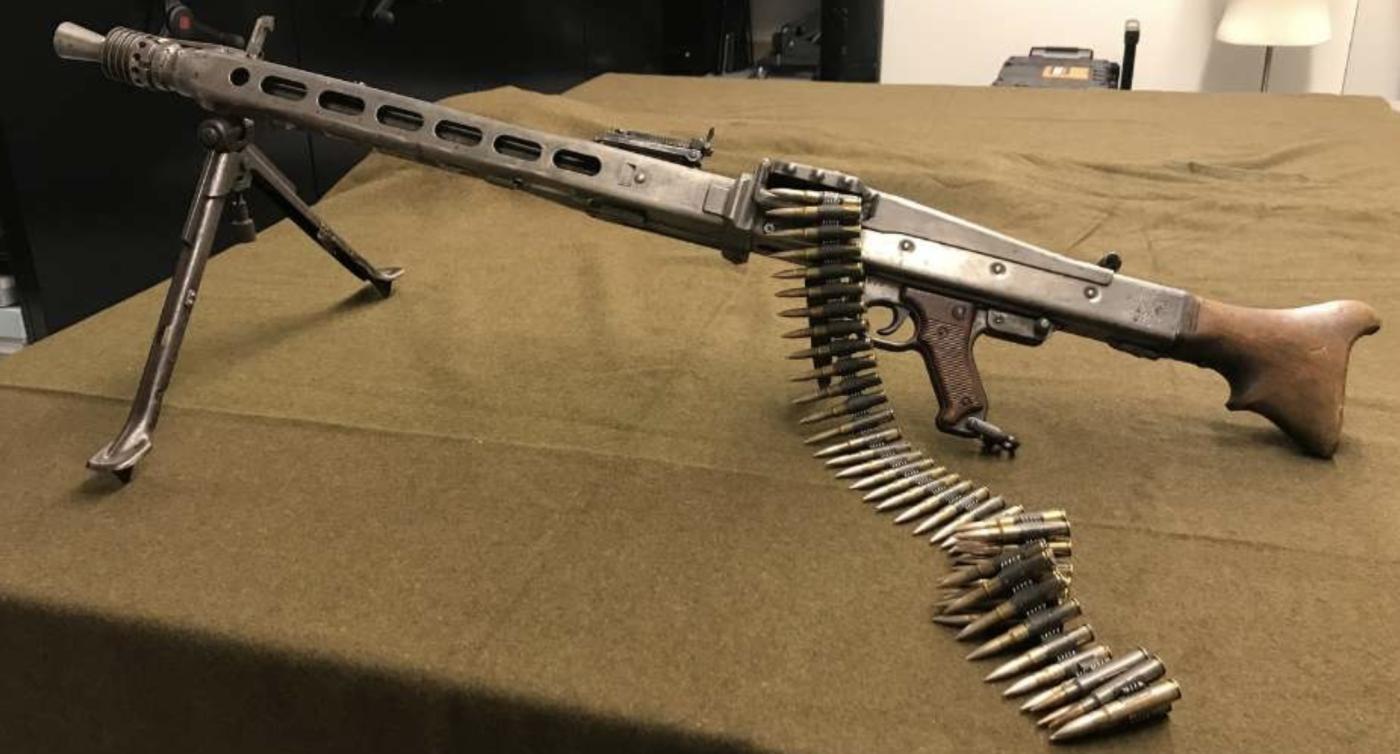
MG-42 machine gun
The MG 42, officially designated Maschinengewehr 42, was a German general-purpose machine gun introduced during the Second World War. It was developed to replace the earlier MG 34, which, while effective, was complicated and expensive to produce. In 1942, German weapons engineers, led by Dr. Werner Gruner and working at Rheinmetall-Borsig AG, sought to design a weapon that could be manufactured more easily and withstand the rigors of combat better than its predecessor. The resulting weapon, the MG 42, quickly earned a reputation as one of the most formidable machine guns of the war.
The gun was chambered for the standard German 7.92×57mm Mauser cartridge. It used a recoil-operated, roller-locked mechanism that allowed for an extremely high rate of fire, between 1,200 and 1,500 rounds per minute—far surpassing most Allied machine guns at the time. Its distinctive firing sound was so rapid that it resembled the tearing of canvas, giving rise to its infamous nickname among Allied troops: "Hitler’s Buzz Saw." Despite its ferocious power, it was surprisingly portable. Weighing about 11.6 kilograms without a bipod, and measuring 1,220 mm in length, it was light enough to be carried by infantry yet robust enough to serve as a sustained-fire weapon on a tripod mount. The barrel could be quickly changed when it overheated, which was often necessary given the weapon’s incredibly fast rate of fire.
Production of the MG 42 was spread across several German arms manufacturers to meet wartime demand. These included major firms like Mauser Werke, Steyr-Daimler-Puch in Austria, Grossfuss, and Maget. One of the reasons the weapon could be mass-produced efficiently was its reliance on stamped and pressed metal parts rather than finely machined components, a critical advantage over the MG 34. This innovation allowed the Germans to produce the MG 42 faster and more cheaply, an important factor as the war dragged on and material shortages increased. By the end of World War II, it is estimated that between 400,000 and 500,000 units had been manufactured.
In terms of range, the MG 42 was highly effective. On a bipod, it could reliably hit targets at up to 1,000 meters. When mounted on a Lafette tripod with an optic sight, it could reach even farther, effectively used for indirect fire at up to 2,000 meters. The weapon fed from 50-round non-disintegrating metal belts, though longer belts were used in static or vehicle-mounted roles. Its versatility allowed it to be used by infantry squads, on tanks, in aircraft, and in fixed defensive positions. Its adaptability and performance made it a cornerstone of German firepower doctrine, which emphasized machine gun support as the backbone of infantry squads.
What truly made the MG 42 infamous among Allied soldiers was not just its technical superiority, but the psychological effect it had on the battlefield. The blistering rate of fire was not only devastating in practical terms—it could lay down a curtain of bullets that shredded advancing infantry—but it also created sheer terror among opposing troops. Soldiers who encountered it for the first time often described the sensation as overwhelming. The sound alone was enough to cause hesitation or panic in inexperienced units. American, British, and Soviet soldiers were all trained to identify its distinctive noise, and many learned to respect—or fear—it deeply.
The MG 42’s legacy extended far beyond World War II. After the war, its design served as the foundation for the postwar MG3, a 7.62 NATO-chambered variant still in use by several NATO armies today. The American M60 machine gun also drew significant design inspiration from the MG 42, particularly in its feed system and overall concept as a general-purpose machine gun. Even now, decades later, the influence of the MG 42 can be found in modern automatic weapons, a testament to its revolutionary engineering.
The MG 42 was not just a technical achievement; it was a weapon that reshaped infantry tactics and left a lasting impression on anyone who faced it. Feared, respected, and still studied in military history circles, it remains one of the most lethal and iconic machine guns ever built.

